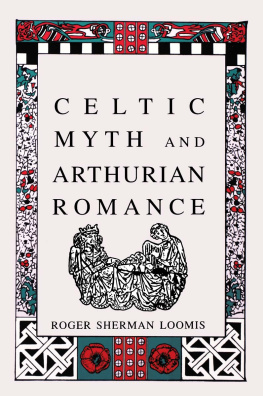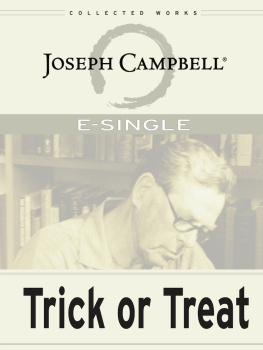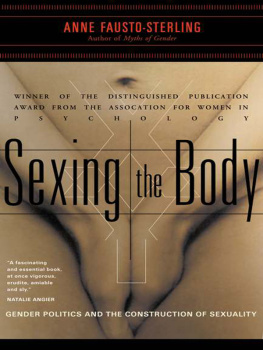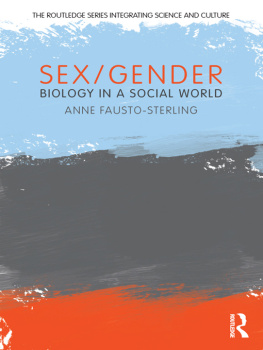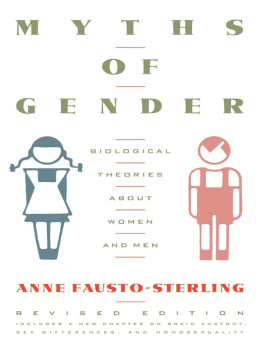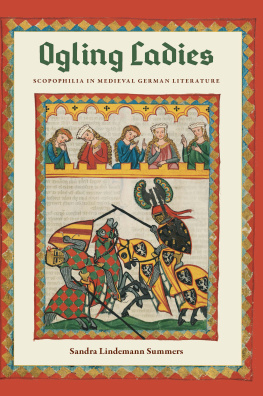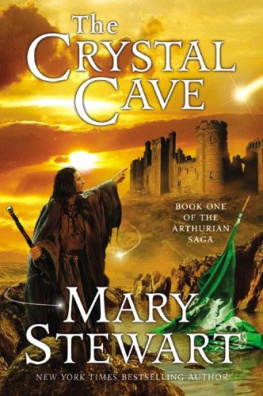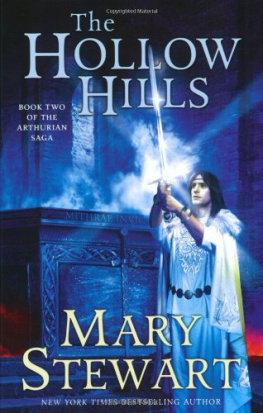First published 2001 by Garland Publishing, Inc.
This edition published 2013 by Routledge
711 Third Avenue, New York, NY 10017
2 Park Square, Milton Park, Abingdon, Oxon OX14 4RN
Routledge is an imprint of the Taylor & Francis Group, an informa business
Copyright 2001 by Alexandra Sterling-Hellenbrand
All rights reserved. No part of this book may be reprinted or reproduced or utilized in any form or by any electronic, mechanical, or other means, now known or hereafter invented, including photocopying and recording, or in any information storage or retrieval system, without written permission from the publishers.
Library of Congress Cataloging-in-Publication Data is available from the Library of Congress.
ISBN 0-415-93009-X
Adventures such as these are never solitary quests, and I have encountered many on my path to whom I owe thanks. I would like to take the opportunity here to mention just a few of those who have aided in the becoming of this text. I am greatly indebted to two academic mentors without whose advice and guidance and patience this project would not have come to fruition. My first thanks belong to my Ph.D. advisor, Dr. Francis G. Gentry. It was due to his forceful recruiting effort at the University of Wisconsin-Madison that I decided to become a medievalist in the first place. At Penn State, he patiently advised the dissertation that was the basis for this book, and he was instrumental in having the manuscript accepted into the Garland series on medieval history and culture. The successful completion of this manuscript is a tribute to his very capable guidance and could not have been accomplished without his (mostly) gentle prodding.
I can also scarcely express adequate thanks to Dr. Judith M. Davis, my colleague and mentor at Goshen College. During the summer of 2000, while recovering from hip replacement surgery, she graciously spent her time reading and rearranging and questioning my prose. She has been a source of inspiration and encouragement, both as a medievalist and a feminist; her wit and her insightful comments have been indispensible. Her editorial skills, added to those of the Garland staff, have helped shape the space and substance of this book in its current form.
Finally, I have to thank the three people who have displayed such grace and good will in sharing the writing and revising process with me. I could not have managed to finish this book without the support of my husband Jack, whose computer expertise and patience were absolutely invaluable from the time when this project was just the seed of an idea to its completion. My success would certainly not have been possible without him, especially his tireless creativity in finding ways to keep a preschooler and a toddler away from the computer during summer vacation. This book is dedicated to Jack and to our sons Ryan and Matthew, who make the topography of my life complete.
Hence, within the inherited discourse of the metaphysics of substance, gender proves to be performativethat is, constituting the identity it is purported to be. In this sense, gender is always a doing, though not a doing by a subject who might be said to preexist the deed.
Judith Butler
Because of its capacity to transcend the here and now, language bridges different zones within the reality of everyday life and integrates them into a meaningful whole. The transcendences have spatial, temporal and social dimensions.
Peter L. Berger and Thomas Luckmann
Over the course of the last five or six years, numerous books have dealt with the construction of identities in medieval culture: the construction of sexuality in the Middle Ages,) and Amazons. This crossing over has a history of its own, however, that is coming to the forefront in more current discussions.
Particularly fruitful for recent research is the idea from Judith Butler and others that gender is performative: gender is relational, mobile, and negotiable. Furthermore, gender is not simply always a doing, as Butler states, but it is also a culturally specific process of becoming compellingly argues, in fact, that gender discussions are constitutive of the romance genrediscussions of what it means to be male and what it means to be female, of what defines masculine and what defines feminine. These discussions are framed in romance in ways that epic could not accommodate them.
In this book, I intend to take a closer look at the way the construction of romance space participates in these discussions, in these on-going negotiations regarding gender constructionroles for men, roles for womenand in mapping possibilities for becoming male or female (masculine or feminine). I certainly do not Sigrid Weigels concept of gender topographies offers a framework in which we can combine Gregorys processes of spatialization and representation and apply them to a productive analysis of courtly literature. One way in which this framework is structured is by means of a dialectic between the self and the other, between ones own (eigenem) and ones other (fremdem).
The fiction of the romance offers many opportunities for us to observe this dialectic. The deliberate placement of men and women in spaces and the purposeful movement of these men and women through spaces create numerous encounters with various kinds of others. These movements and these places in turn create various maps (and therefore models) of becoming: of becoming masculine, of becoming feminine, of becoming king, of becoming queen, of becoming knight, of becoming lady and even mother. For the modern feminist reader, it is always difficult to come to terms with what is at the conclusion of these romances there is really no apparently serious threat to the patriarchal structure of courtly society, as least in its German manifestation. Romance has as one primary function, among others, to celebrate courtly culture and to perpetuate its ideals. One has only to think of the final tableaux in each of the romances, with couples newly reunited or newly married: Erec and Enite, Iwein and Laudine, Parzival and Condwiramurs. With the curious exception of Tristan, an unassailable order reigns at the conclusion of each narrativeat least this is what the poet (or the narrative) would have the audience believe. Middle High German romances do have a tendency, in their adaptations of the French (particularly Chrtien), to emphasize this order. The fiction of the genre, the gender, however, discussions inherent in the genre, and the topographical conventions of the genre enable and even inspire unique re-writings and re-patternings of the romance world. The end may not be changed by what comes before it; it is perhaps compromised and questioned when placed against the relief of the majority of the narrative. As Cohen puts it in Becoming Male in the Middle Ages,
Being acquires its cultural meaning only as it ceases to become; it is also a process of finding a line of flight within that performative mapping, despite the fact that some determinative telos strives to freeze its meaning into place.
The maps created by these patterns, and the gender negotiations that they frame, are the subject of this book. Ultimately, I maintain, the becoming (as mapped in the romance topography) and the being (as dictated by cultural norms) remain at oddsthe tension between the two can never be fully resolved, as gender and power relations must constantly be negotiated through the spaces of the narrative. This is again where Weigels idea of the dialectic between the self and the other comes into play, as poets strive to negotiate experiences with a series of different others in and through various spaces. Since this cast of others invariably included women (the other that must be included and excluded simultaneously), and since these encounters were integral to the process of becoming male or female, one can describe the spaces in which these encounters occur as gender topographies. Ultimately, the experiences of romance are enclosed within the space of a complete narrative (this is the essence of Wolframs completion of Chrtiens



